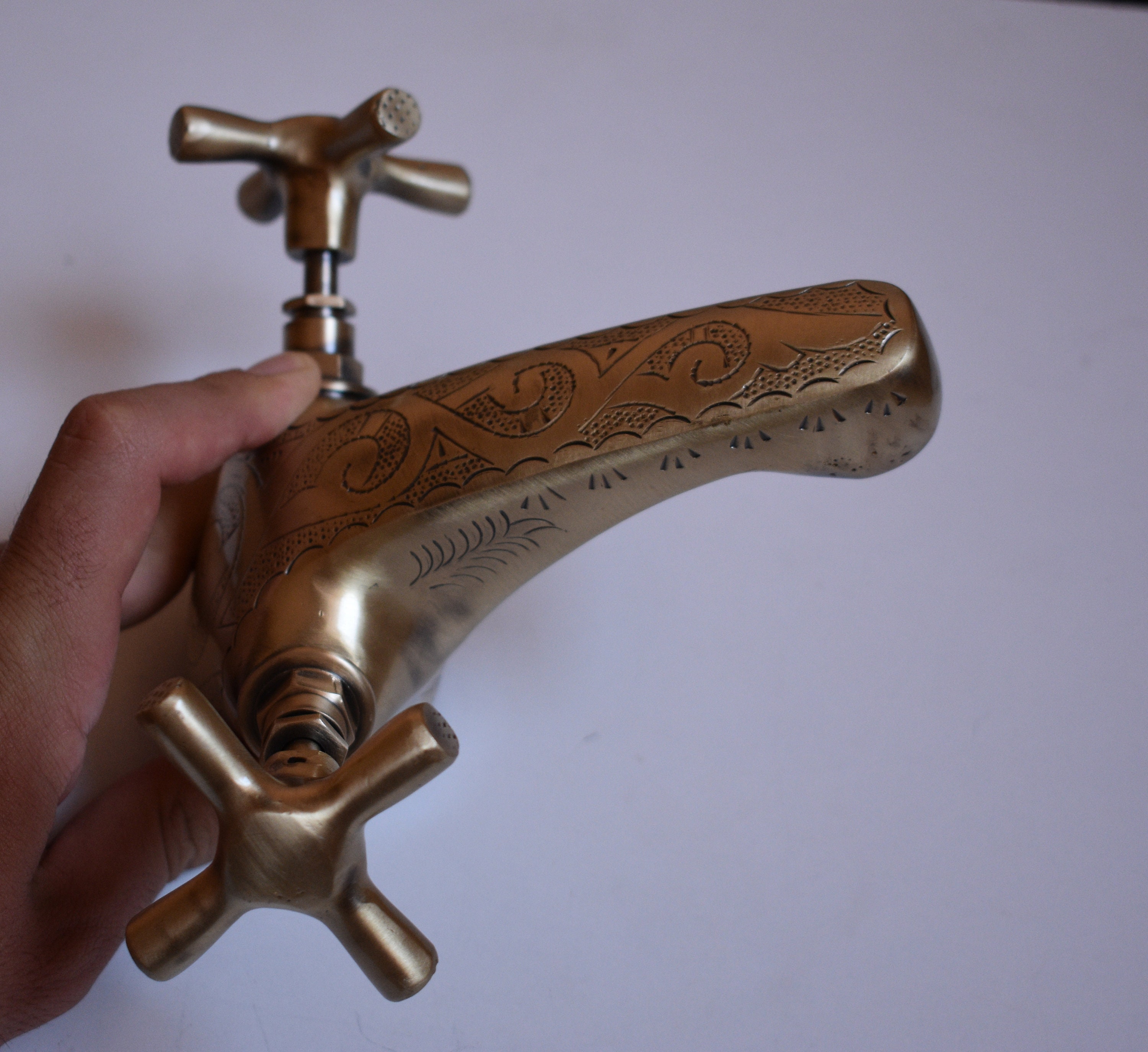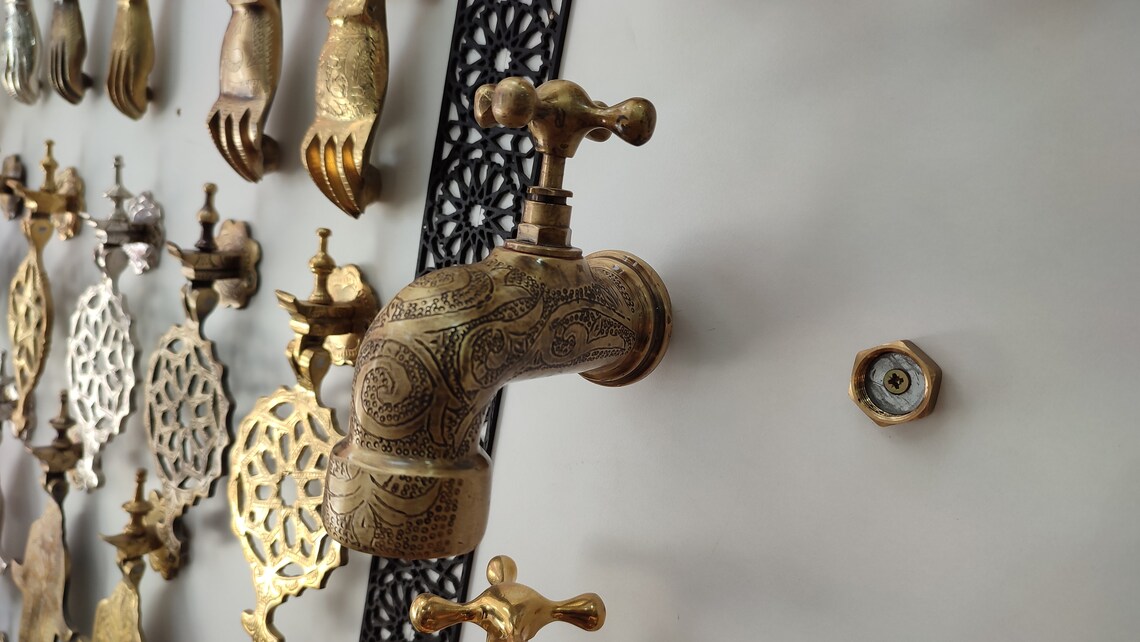

That’s all there is to it you will find it low-maintenance! Before and afters But if you are polishing frequently, better to consider lacquered polished brass with no maintenance. To polish unlacquered brass, rub it with Brasso or Bar Keepers Friend, and a microfiber cloth and you’ll have your brass shiny again in just a few minutes. This means the hardware you touch the least will look polished, whereas hardware you frequently use will be aged. It dulls at a rate that depends on how often you are touching it, the oils of your hands, minerals in water, etc. Like it shiny? Polishing unlacquered brass will restore the brass back to its’ original shiny finish again! Solid unlacquered brass will tarnish and darken over time as it oxidizes, but it will not corrode or rust. our Emtek entry set in an unlacquered brass Will unlacquered brass corrode? Assume your typical brass has a thin coat of varnish of lacquer that protects it from darkening. Most brass available in stores is lacquered, unless specified directly. It’s a living finish because it changes over time! This is the tarnish people speak of (the aged look is referred to as patina). This allows for fingerprints and smudges, that eventually give way to the entire surface being a lovely, antiqued, duller color. What is unlacquered brass? It is simply brass with no protective coating.

But unlacquered brass’s unique properties make it not universally loved. Unlacquered Brass Hardware… It’s Not For Everyoneīrass is a common finish enjoyed by just about everyone.
UNLACQUERED BRASS PATINA PLUS
It is breathtaking! It is this unique combination of clear color plus the mild warm patina that is created over time by judicious hand polishing that makes the old method of finishing and polishing by hand so special. The color of recently polished brass has a “whiteness” and sparkle about it that is obtained in no other way. Artificial and temporary finishes such as lacquer detract from their authenticity, we believed.įinally there were overwhelming aesthetic reasons why we preferred the natural luster of highly polished brass. Second, as many of our items are reproductions of famous historical pieces, we thought it was in keeping with their character that they have the natural, hand-polished look. Before re-polishing, the old lacquer must be removed.

The period of time for this deterioration will vary depending on location, atmospheric condition, temperature, pollutants, etc. Unfortunately, this condition can’t be corrected by polishing. Simply, any lacquered brass item that is useful will in time develop an impaired finish.
UNLACQUERED BRASS PATINA MANUAL
Lacquer on items subject to abrasion from manual use, such as candlesticks, fireplace tools and desk accessories, will also discolor and break down. First, any lacquer on brass will eventually tarnish and deteriorate-particularly items that are used outdoors and exposed to the elements, like door knockers. There are three major reasons why we didn’t lacquer-one was practical and other others were historical and artistic. So when we began our business 35 years ago, we decided to hand polish each piece, and seal it in air tight bags, rather than lacquer.

However, with the onset of oxidation, the lacquer will eventually deteriorate. Lacquer does not initially affect the color of the brass and is thought to eliminate the need for polishing. Lacquer is a clear coating which protects and preserves the brass by sealing it from air, which oxidizes (tarnishes) it.


 0 kommentar(er)
0 kommentar(er)
